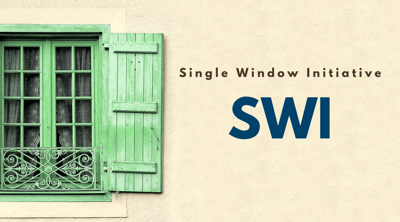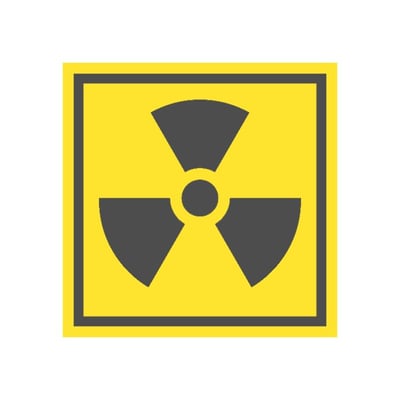Single Window Initiative (SWI) - Survival Guide for Radiation Emitting Devices
The new SWI landscape
The Single Window Initiative means several changes for importers:
- how you need to submit documentation is in flux;

- when that documentation is needed has changed; and
- which documentation is required is also shifting.
Our goal is to help you understand what is expected for the new “how, when, and what” of SWI requirements relating to the items you ship. These updates guide importers through specific commodities or categories of commodities, and the Participating Government Agencies (PGAs) that are affected.
How, when, and what
- Single Window Initiative requires all import documentation to be prepared and submitted before the shipment reaches customs.
- SWI is a new way of submitting documentation. All docs will be submitted using the Integrated Import Declaration (IID). Some of the requirements for how you submit are changing. For example: some documents that needed to be faxed now require an uploaded electronic image or just the document number.
- There may be changes to which documents are required under SWI.
- The launch date of SWI is still unknown, but it’s time to get proactive and adjust your workflow to ensure paperwork is ready before you ship.
Why importers need to know
Under the new SWI, it’s important that you understand which Participating Government Agencies (PGAs) are regulating your products. Some products are regulated by multiple PGAs, and the PGAs regulating your products may have changed under SWI.
Additionally, each PGA and the CBSA can issue penalties for incorrect and missing documents. Understanding what information and documentation is needed for clearance will make the clearance process into Canada smoother and more efficient.
Health Canada Consumer Products
How does Health Canada (and other PGAs) define consumer product?
Consumer products (also known as final goods) are products that are bought by individuals or households primarily for personal use. In general terms, consumer products are goods bought for consumption by average consumers. These products can also include components, parts, or accessories that may reasonably be expected to be obtained by an individual for use in non-commercial purposes, including for domestic, recreational, and sports purposes, and includes their packaging.
Radiation Emitting Devices
Health Canada regulates devices that give off radiation in accordance with the Radiation Emitting Devices Act.
Among the manufactured devices that generate radiation are:
- medical or clinical devices (CT scanners, X-ray machines, ultrasound devices)
- household or personal products (laser pointers, microwave ovens, household power tools)
- industrial or commercial equipment (tanning beds and equipment, cellphone towers, analytical X-ray machines for examination of materials)
In Canada, all devices must comply with the standards outlined in the Radiation Emitting Devices Act if they will be:
- sold
- resold
- leased
- imported
Companies are required to comply with federal requirements concerning aspects such as:
- labelling
- emissions
- construction
- performance
Radiation-emitting devices classed as consumer products must meet additional requirements of the Canada Consumer Product Safety Act. Medical devices must meet the regulations in the Food and Drugs Act.
Required data elements for radiation emitting devices
The SWI data elements required for release include:
PGA term - importer name, telephone and email address
PGAs to contact importer for IID clarification of name, telephone and email address.
PGA term - LCPO type and number
Optional - Importer must ensure that the product meets the appropriate licensing type to be imported.
PGA term - file
Optional - An image of the product label may facilitate communication in the event of a referral.
FDA product code
Optional.
Model designation
Necessary for identifying radiation emitting device class or product.
Commodity type
The Canadian Product Category, declared by the broker/importer, will impact the LPCO type and LPCO reference number required.
For SWI, being proactive is your best strategy—gather all your information and documentation as far in advance as possible. Importers who know the requirements for the products they’re importing, and understand the new processes under SWI, will have a much smoother import experience.
SWI. It's what we do.

Latest Articles
- Watch out for these extra charges on your freight bill
- Key differences between duty drawbacks and duty refunds for importers
- Mitigating container shortages and rising shipping prices for ocean imports
- How Canadian importers benefit from end use tariff codes and conditional relief
- The benefits of operating as a Non-Resident Importer in Canada
